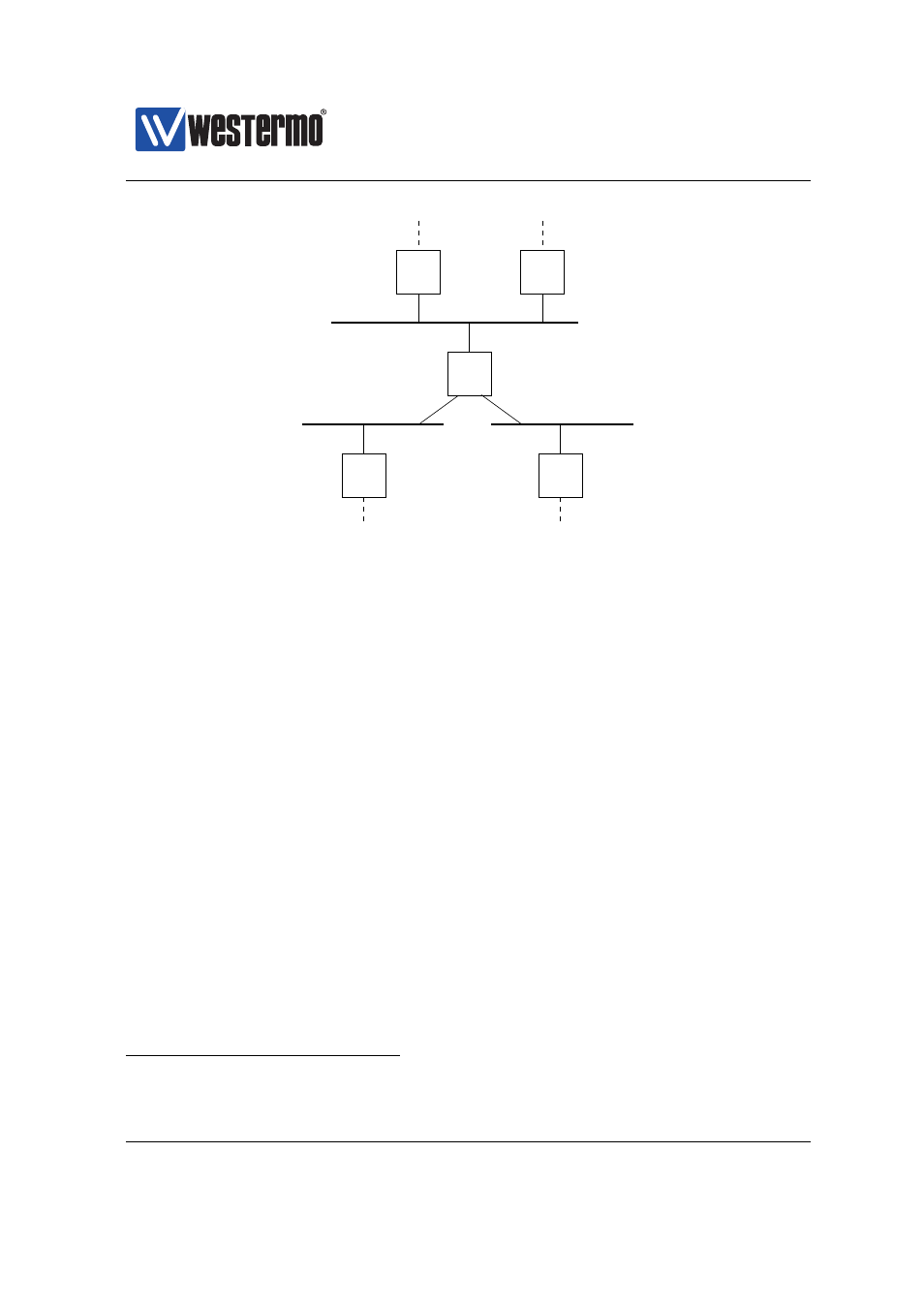Fig. 28.1, Section 28.1.2 – Westermo RedFox Series User Manual
Page 632

Westermo OS Management Guide
Version 4.17.0-0
R1
10.0.2.0/24
10.0.3.0/24
10.0.1.0/24
.1
.2
.3
.2
.2
.1
.1
Figure 28.1: A router (R1) connected to other routers via three interfaces.
Both RIPv1[
] are supported, and RIPv2 is used by default when
RIP is enabled. The major difference between RIPv1 and RIPv2 is that RIPv2
supports flexible subnet masks (CIDR - classless inter-domain routing), while
RIPv1 assumes that IP subnet masks follow the (deprecated) classful addressing
scheme (class A, B and C). In addition, RIPv2 supports message authentication
(
), and can therefore offer protection in situations when ”foreign
RIP routers” are connected (by mistake or as a deliberate attack) to a network
and inject RIP routing messages. Thus, use of RIPv2 is preferred over RIPv1,
except for cases where legacy equipment require the use of RIPv1.
RIPv2 routers exchange routing information using IP multicast (IP address 224.0.0.9)
In case a neighbour router is unable to handle IP multicast, the ”neighbor” com-
mand enables the exchange of RIP messages using regular IP unicast.
28.1.2
Redistribution and Injection of Default Route
It is possible to redistribute routing information learnt externally (OSPF, con-
nected routes or static routes) inside the RIP routing domain, using the ”redistribute”
command.
1
While RIPv2 use IP multicast, RIPv1 exchange routing information using broadcast.
632
➞ 2015 Westermo Teleindustri AB